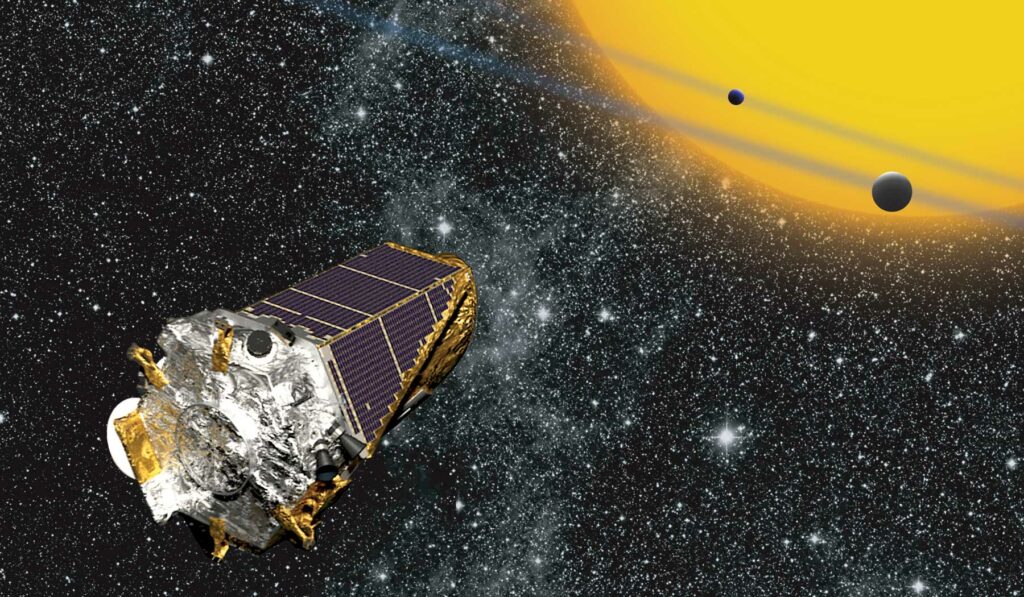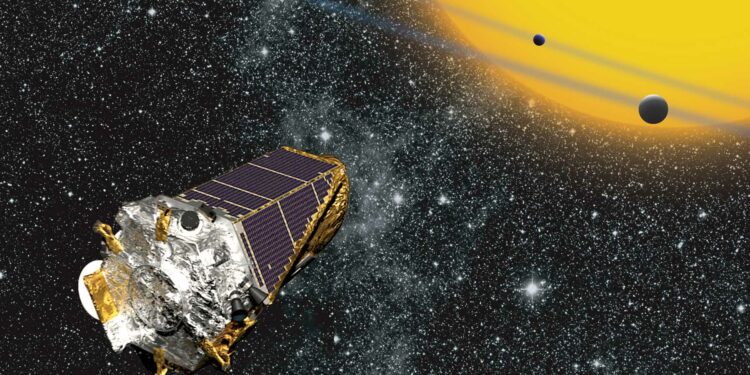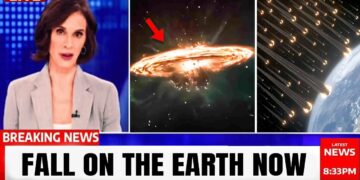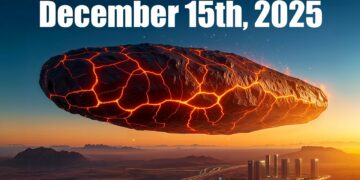Non-scientific answers to this question have been the basis of all religions and most of philosophy since the beginning of time.
Now, a group of mathematicians from Canada and Egypt have used cutting-edge science and a complicated set of equations to figure out what was there before the universe we live in.
In very simple terms, they applied the theories of quantum mechanics to the whole universe, which is explained by the general theory of relativity, and found that the universe basically goes through four different phases.
More importantly, they found that what came before this universe was another universe, or more accurately, another “cosmological phase.”
Even though the universe is infinite in size, it has always been in one of four stages.
The universe is getting bigger, and it’s getting bigger faster. The team thinks that a change inspired by quantum mechanics will eventually stop the expansion and pull everything back to a point near infinity, where it will start to grow again.

He said that quantum mechanical effects have been added to cosmology using a method called the modified GUP.

In this model of the universe, there was a time before the big bang. We can learn about that time by studying the physics of the present time in the universe.
Professor Mir Faizal said: “In our cosmological model the universe did not start with the big bang, but there was a phase transition from one phase of the universe to another.
“This is possible because the universe can exist in four different phases, like ordinary water can exist in three different phases. Just as we can know about the properties of ice, by studying water which has formed from it, we can know about pre big bang cosmology by studying the physics of this universe.
“Using our cosmological model we can study the physics of the cosmological phase before the beginning of our universe.”
In their model, they have been able to look at how the universe was before the Big Bang. The equations in their model show that the universe will stop growing and then immediately start to shrink.
Prof Mir added: “When the equations are extrapolated beyond the maximum rate of contraction, a cyclic universe scenario emerges. “Other cosmologists have suggested a big bang and big crunch scenario – but those model have singularities.
“Singularities are bad in physics as they indicate a place where the laws of physics breakdown, and at such places one cannot use physics to get meaningful results.
“This new cosmological model does away with such singularity. The big bang singularity can therefore also be avoided by using the modified GUP-corrections to the cosmology.”
In their model of the universe, the fact that the universe is cyclical comes from adding quantum effects to a model of the universe.
Prof. Faizal said that even though there are many strange ways to look at quantum gravity, such as string theory and loop quantum gravity, what most of them have in common is that space doesn’t exist below a certain length.

The research team put the effect of having a minimum length and a maximum energy into a model of the universe. As a result, they got a model of a universe that goes in cycles.
Asked about the philosophical and even possible theological implications of his work Prof. Mir said: ”No one draws any philosophical or theological implications of a finite or an infinite spatial dimension, and time is just another dimension, so why should it be treated any differently.
“In any case, I do not believe in a God of gaps, with big bang being a big gap, but in a God who made the mathematics describing reality so perfect that there are no gaps, not now and not at big bang.”
Prof. Faizal has also looked for doors to other universes while working on the Large Hadron Collider.






















